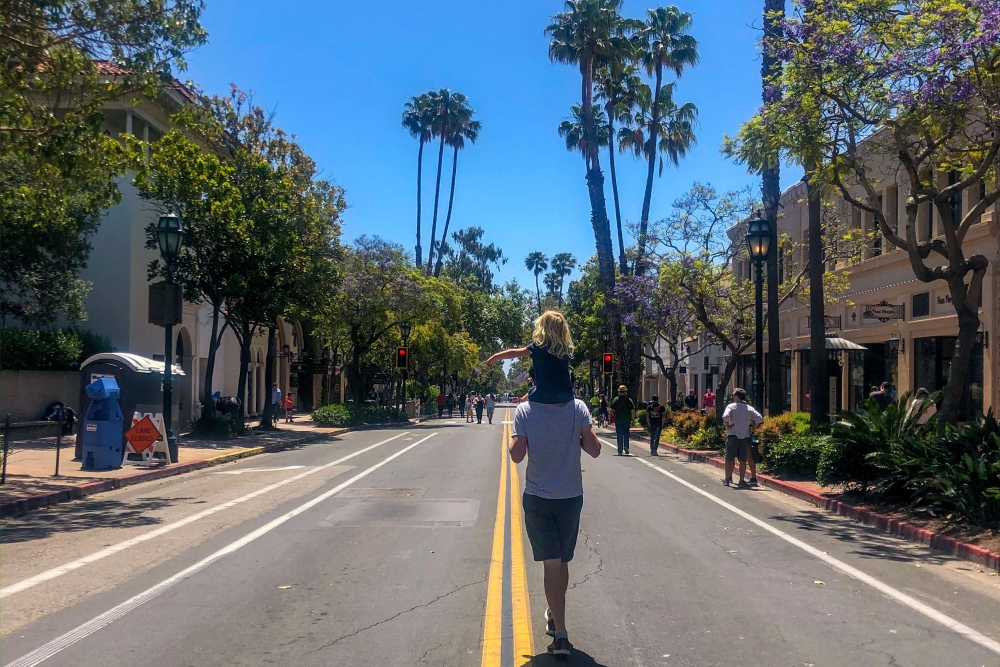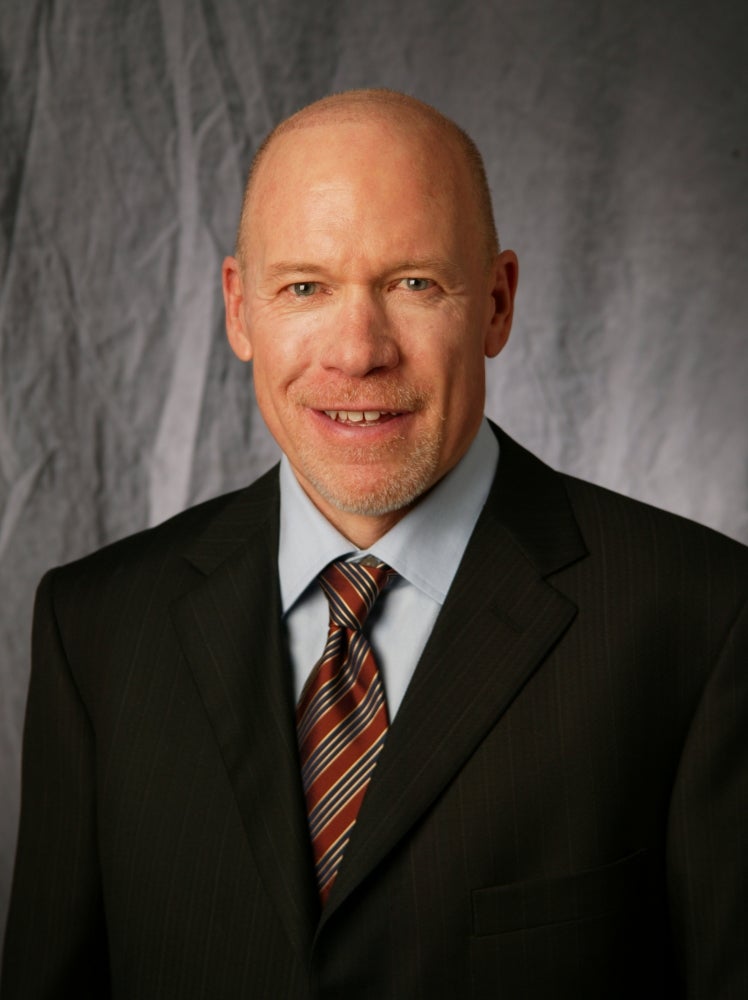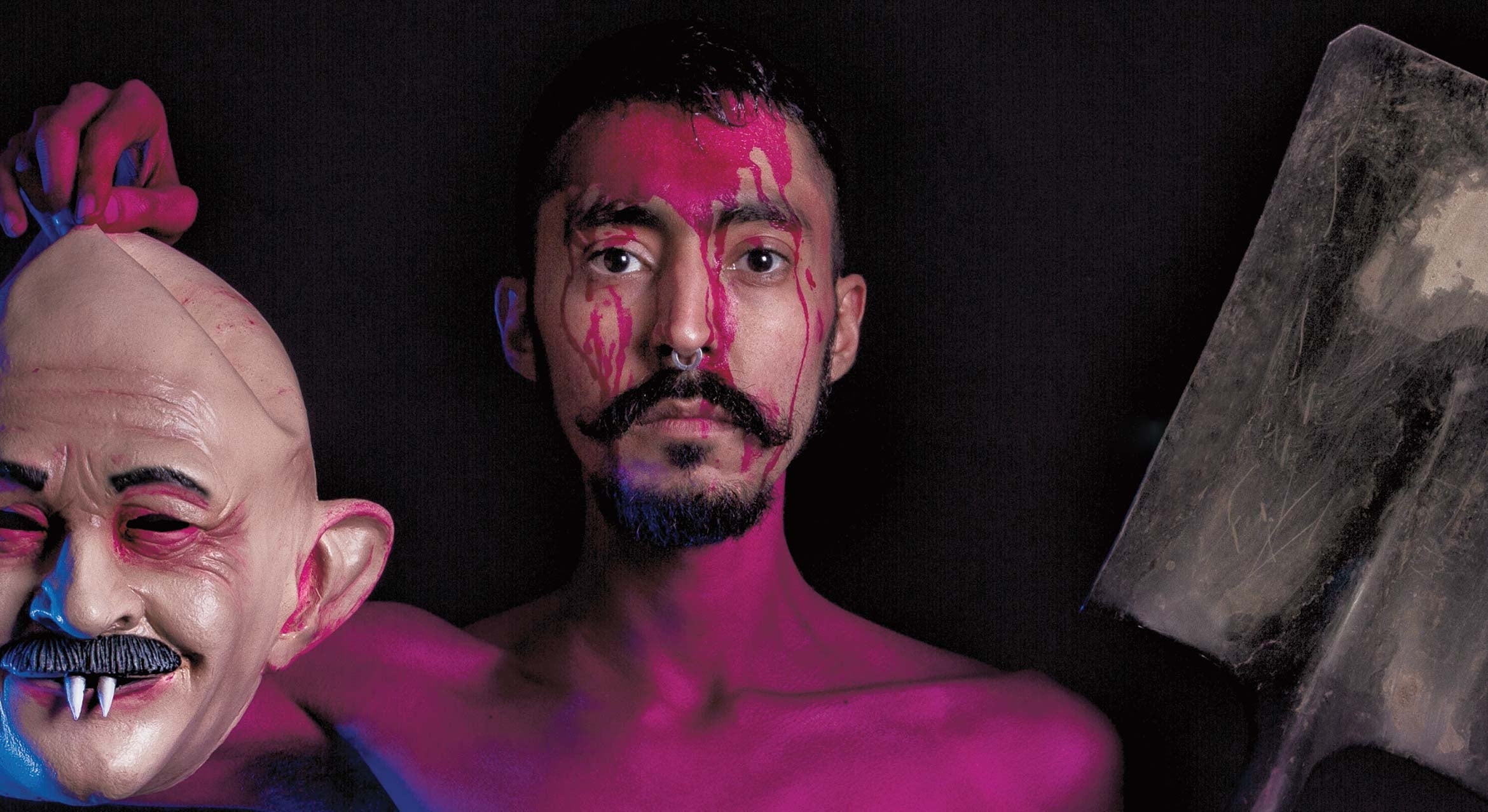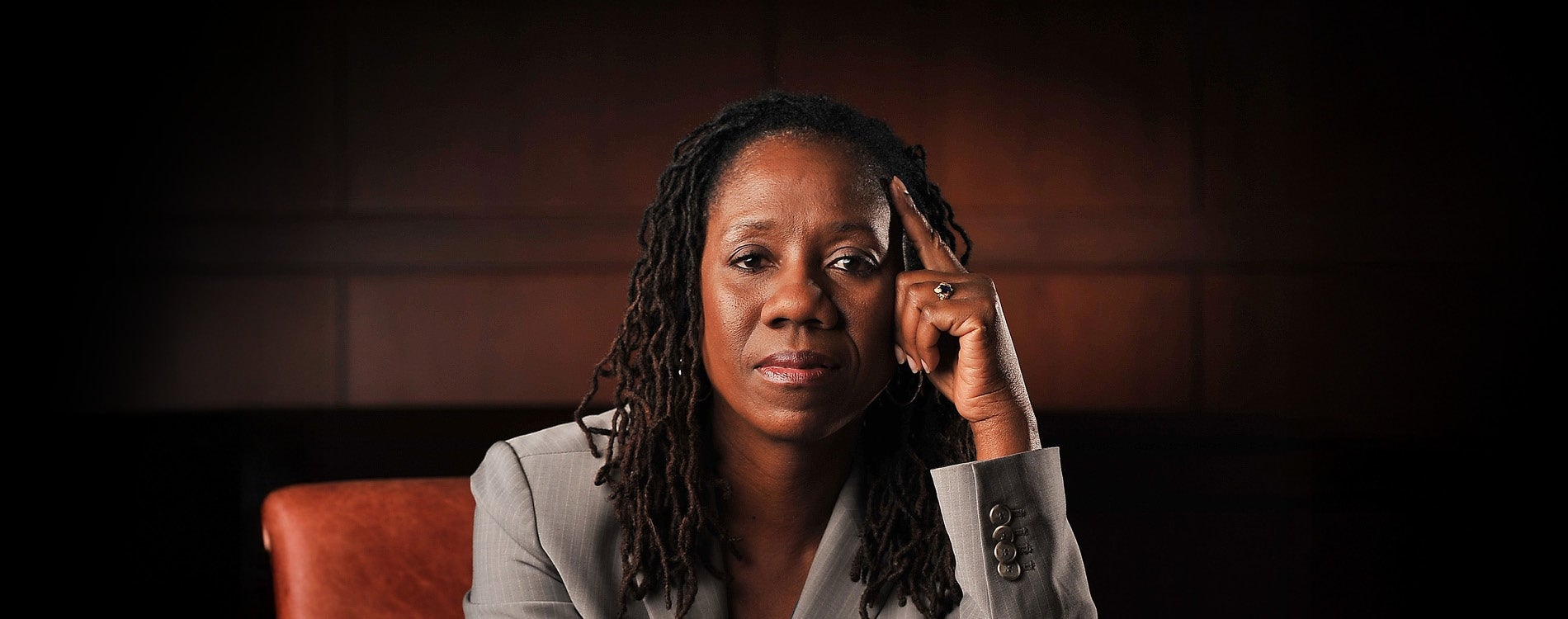
A Balancing Act

After more than two months of lockdown, people are chomping at the bit to get back to business. But with COVID-19 still present and co-opting the things we love to do — travel, gather, socialize — reopening Santa Barbara has become a balancing act between economics, public health and policy.
Viewers got a glimpse of that reality in the most recent UC Santa Barbara Economic Forecast Project webinar, the first in a new series titled “EFP Informs,” to examine the specific issues of restarting Santa Barbara’s economy. According to the conversation between EFP director Peter Rupert, Santa Barbara City Administrator Paul Casey and Bob Stout, local business owner and president of the Downtown Santa Barbara business organization, there’s going to be a lot of trial and hopefully not too much error.
“My attitude right now is let’s try stuff and if it’s not perfect, let’s have a little patience with ourselves as a community,” Casey said. “But, let’s try things.”
In that spirit, the community tentatively stepped out for the Memorial Day weekend as restaurants and bars opened for business with new safety protocols. The city ran an experiment with the closure of downtown State Street to vehicles, to allow restaurants to serve more patrons while still maintaining the recommended six-foot social distance. The state’s Alcoholic Beverage Control department granted permission for alcohol to be served by restaurants outside, one of several temporary regulatory relief measures in response to the pandemic.
It could be a picture of things to come, as local government and industry grapple on a daily basis with what it means to do business in the time of COVID-19. Santa Barbara’s economy is heavily reliant on tourism dollars, a well that went dry from the moment the lockdown began. Federal relief for small businesses has trickled in, but the eight weeks of employee salary coverage by way of the Paycheck Protection Program will run out for many small businesses before they have a chance to turn a profit. And for an economy that encourages visitors from near and far to gather and share experiences, imparting a feeling of safety from the highly contagious SARS-CoV-2 virus is paramount.
“People need to feel safe to come out,” Stout said. “So we need to create an environment that people feel it is safe to come out.”
What that environment is, has yet to be determined as the state continues to ease lockdown pressure, with the support of public health data and perhaps progress toward a vaccine or treatment. And, the panel agreed, that feeling of comfort will differ from place to place in the city.
“What works downtown on State Street is much different than on Milpas or on outer State Street or any other commercial areas,” Casey said. “So we have to be flexible with different approaches for different situations.”
One concern is the possibility of a second, deadlier wave of pandemic that could threaten to knock the community down just as it is picking up the pieces. The city, local business and the community will have to remain vigilant and nimble, the panelists agreed.
Unfortunately, for several downtown businesses that had already been feeling the pinch before the pandemic, the slow move to open may be too little, too late.
“We might have had a 10 to 11% vacancy at the downtown storefronts [before],” Stout said. “That’s definitely going to go up.”
The city’s feeling the strain as well. It’s had to shutter programs and services impacted by the lockdown and lay off employees. Local educational and social services stand to suffer as a result of the $54 billion deficit at the state level, according to Casey.
A light at the end of the tunnel: According to an informal, real-time poll conducted during the webinar, if the economy opened “tomorrow” and the CDC, state and county health guidelines were met in a virus-safe way, a good percentage of respondents would be willing to head out and support their local businesses, including dine-in restaurants (58%), outdoor theater (50%), the zoo (50%) and bars (32%). With tourism at a standstill, the local community will be key to the area’s economic recovery, the panel agreed.
“If you build the downtown for locals, the tourists would love to come,” Rupert said. If it was built for tourists, he added, there’s a chance the tourists might not come and neither would the locals. “I think making it safe and comfortable for the local residents is really the goal.”



